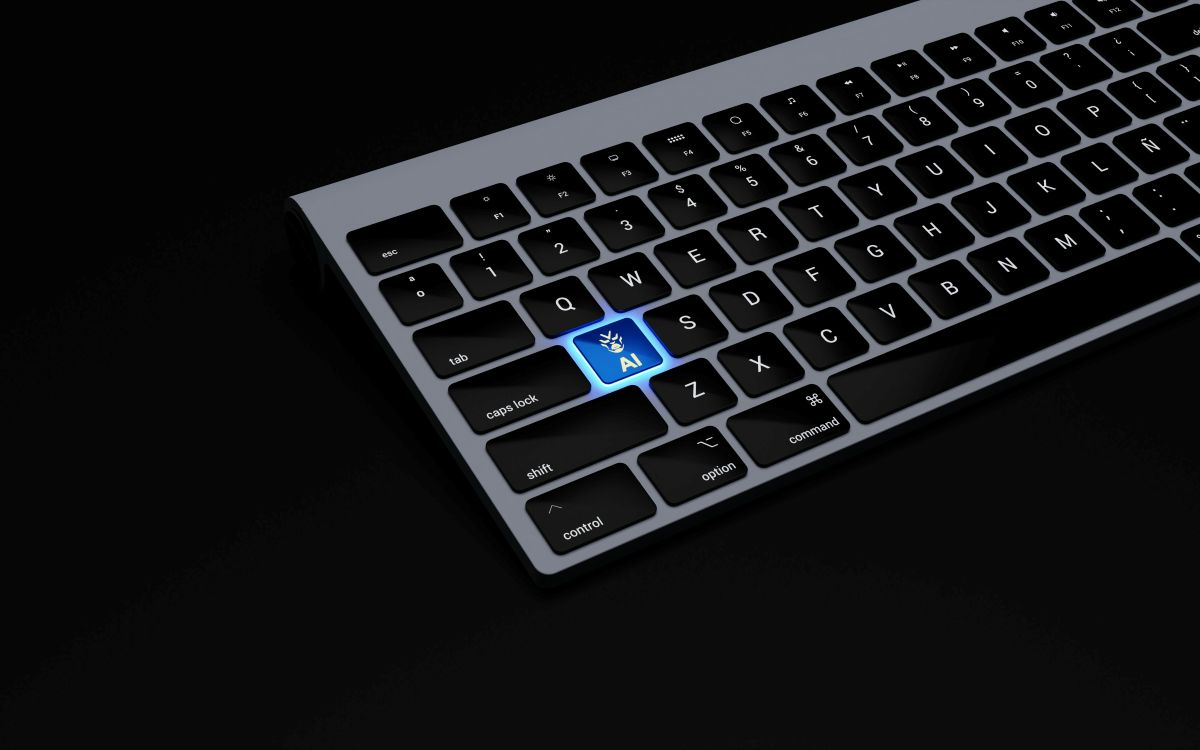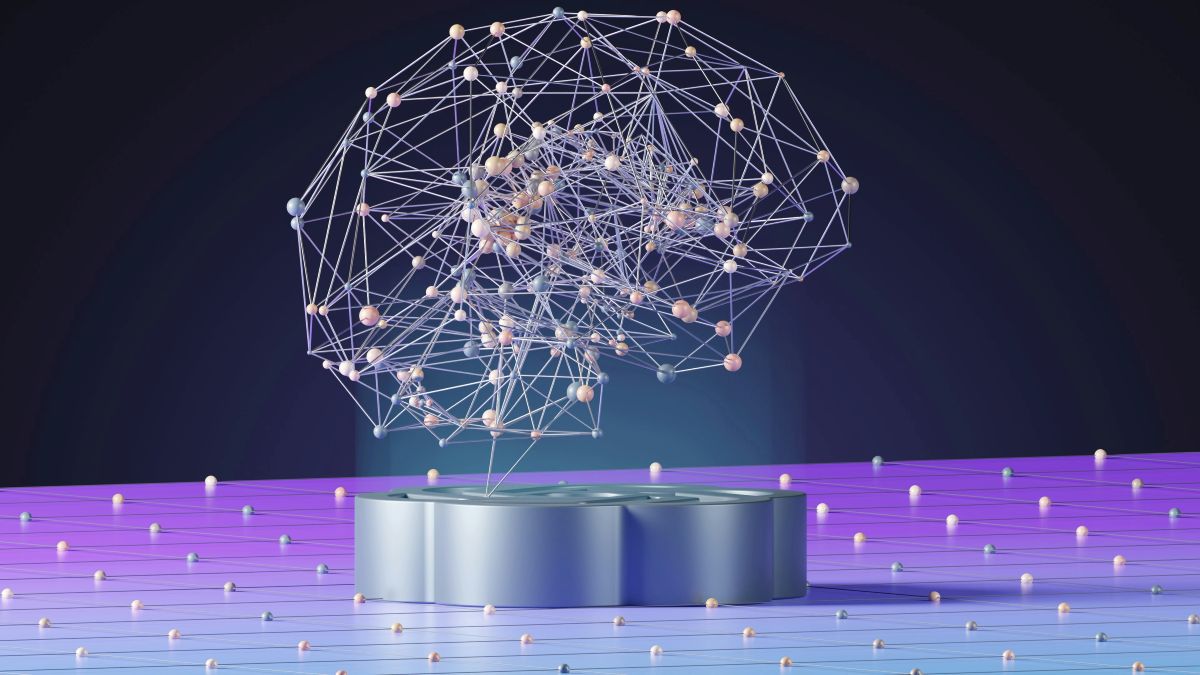How UX/UI Designers Are Using Generative AI to Speed Up Workflows
The rise of generative AI has opened up a world of possibilities for various industries, and UX/UI design is no exception. In recent years, UX/UI designers have started to harness the power of generative AI to streamline and enhance their workflows. By automating tedious tasks and offering innovative solutions, generative AI is enabling designers to create more efficient designs in less time. This shift is transforming how designers approach their work, allowing them to focus more on creativity and user experience, while AI handles repetitive processes.
Generative AI models, such as GPT-4, are providing designers with the tools to automate everything from wireframing to prototyping, ensuring that their designs meet user expectations and business goals. In this blog, we’ll explore five key ways UX/UI designers are leveraging generative AI to speed up their workflows, improve the quality of their designs, and achieve faster turnaround times.
1. Automated Wireframing and Layout Design
One of the most time-consuming tasks for UX/UI designers is the creation of wireframes and layout designs. Traditionally, this process involves manually sketching out ideas and experimenting with different layout options. However, generative AI is changing this dynamic by automating the wireframing process.
Generative AI tools can now create wireframes based on input prompts, such as website goals, user preferences, and content requirements. Designers can simply specify their needs, and the AI generates a variety of wireframe options in a matter of minutes. This significantly speeds up the initial stages of design, providing designers with a solid starting point to work from. With the help of AI, designers can explore multiple layout ideas in a fraction of the time it would normally take.
Moreover, these AI-generated wireframes are often adaptable, allowing designers to make quick modifications or refine the layout without having to start from scratch. This reduces the need for constant iteration and helps streamline the design process, enabling UX/UI professionals to focus more on refining the user experience rather than spending hours on initial drafts.
2. Smart User Testing and Feedback Generation
User testing is an essential part of the UX/UI design process, but it can be a lengthy and expensive task. Traditionally, designers would need to conduct multiple rounds of user testing, collect feedback, and analyze results manually. With the help of generative AI, this process can be automated and accelerated.
Generative AI tools can simulate user interactions and provide predictive feedback based on various scenarios, making user testing faster and more efficient. AI can generate different user behaviors, offering insights into how users might interact with a design without the need for human testers. These insights allow designers to make necessary adjustments before even conducting real-world tests.
Additionally, AI can analyze user feedback from surveys or usability studies and summarize key insights, highlighting potential issues in the design. This minimizes the time spent on manual data analysis and enables designers to prioritize changes based on AI-driven recommendations. By automating feedback generation, designers can quickly iterate on their designs, ensuring a more streamlined and responsive design process.
3. Design Consistency and Style Automation
Maintaining consistency across various design elements—such as color schemes, typography, and layout—is a crucial aspect of UX/UI design. However, ensuring that all elements align with a cohesive visual identity can be time-consuming, especially when working with large projects.
Generative AI tools can assist in automating this process by analyzing design patterns and ensuring that all elements adhere to pre-defined style guidelines. AI can also suggest design elements that align with the desired aesthetic, streamlining the selection process and ensuring that designers maintain a consistent style throughout their projects.
For example, AI tools can recommend color palettes, typography styles, and icon sets that match the overall brand identity, taking into account accessibility and visual harmony. By automating these design choices, designers can save time and reduce the risk of inconsistencies, allowing them to focus on more strategic design decisions.
Furthermore, generative AI can help adapt existing designs for multiple platforms, ensuring that the design remains consistent across mobile, tablet, and desktop versions. This cross-platform adaptation is essential for maintaining brand identity and user experience across all touchpoints, and AI tools can make this process much more efficient.
4. Rapid Prototyping and Interactive Demos
Prototyping is another area where generative AI is making a significant impact. Prototypes are an essential part of the design process, allowing designers to test ideas, interact with users, and gather feedback on design concepts. However, building interactive prototypes can often be a time-intensive task.
Generative AI is changing this by enabling designers to create interactive prototypes quickly. AI-driven tools can generate clickable prototypes that simulate user interactions, helping designers test the functionality and flow of their designs without having to manually code the prototype. This rapid prototyping process accelerates the overall design workflow, allowing for quicker iterations and more time for user feedback.
In addition, generative AI can suggest ways to optimize the flow and functionality of a prototype based on best practices and user behavior patterns. These AI-driven insights help designers refine their prototypes more efficiently, leading to improved designs that better meet user needs. As a result, designers can spend less time on the mechanics of prototyping and more on enhancing the user experience.
5. Content Generation and Customization
Creating high-quality content for a design—whether it’s text, images, or multimedia—can be a time-consuming task, especially when designers need to customize content for different target audiences. Generative AI has made this process faster and more efficient by automating content generation and customization.
For instance, AI-powered tools can generate copy for websites, apps, or other digital products based on specific guidelines, such as tone, style, and audience preferences. These tools can also suggest variations of content to cater to different user segments, helping designers quickly create personalized experiences for their users.
In addition to text, AI tools can assist with image generation, offering designers a range of visual assets that align with their design vision. Whether it’s creating custom illustrations, modifying stock images, or generating icons, AI can provide a vast array of content options that save designers time while maintaining a high level of creative quality.
Moreover, AI can personalize content on the fly by analyzing user data and preferences. For example, AI tools can suggest different layouts, content, and images based on user behavior and demographics, enabling designers to create highly customized experiences for each user segment.
Find a Future in AI Today
Generative AI is revolutionizing the way UX/UI designers approach their workflows. By automating tasks like wireframing, user testing, content generation, and prototyping, AI is enabling designers to produce high-quality, user-centered designs more efficiently than ever before. With the power of AI at their fingertips, designers can focus on what they do best—creating intuitive and engaging experiences for users—while AI handles the repetitive, time-consuming tasks.
As the design industry continues to evolve, generative AI will undoubtedly play an even larger role in shaping the future of UX/UI design. Designers who embrace these AI-powered tools will not only improve their workflows but will also stay ahead of the curve in an increasingly competitive market.
For those looking to master generative AI in the design industry, WorkForce Institute offers an accelerated Generative AI bootcamp program designed to upskill and reskill professionals in the latest AI-driven design best practices. Whether you're an industry leader or just starting out, WorkForce Institute can help you harness the power of generative AI to optimize your design workflows and stay ahead of the competition. Apply today and revolutionize your approach to UX/UI design!


